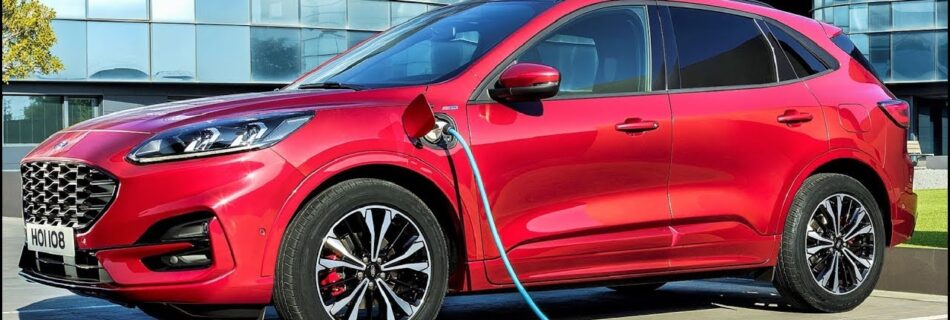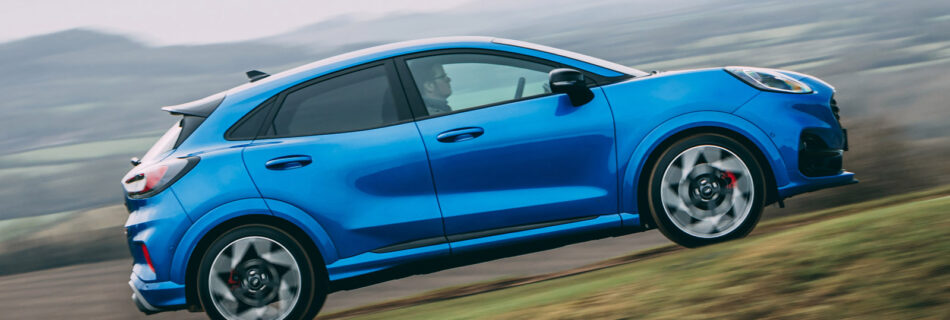Isuzu’s new global pick-up truck, D-Max is now in Malta
At the beginning of this year, the Japanese commercial vehicle and diesel engine manufacturing company, Isuzu, launched the third-generation of D-Max pick-up truck. The new vehicle has been making waves in every single country it has been launched to date. This new lifestyle and utility 4×4 automobile, is also taking the world biggest pickup truck market by storm and the good news is that this exciting model is finally in Malta, at the classy car showroom of GasanZammit Motors Limited, in Mrieħel. On record, the new D-Max is proving to be quite the crowd favourite in many countries across the globe, with orders for the pick-up truck in certain countries, growing by more than 100% compared to its predecessor. D-Max 2021 sets new standards The all-new Isuzu D-Max is the cutting-edge production pick-up that raises the bar for safety, technology, capability, and refinement the pick-up segment as a whole. Certainly, Isuzu is well known for its 4×4 expertise and the new D-Max is even more efficient off-road with a faster engaging shift-on-the-fly 4WD system and a standard rear diff-lock on All-Purpose and Adventure models. The Japanese new pick-up truck, chains smart new styling and impressive safety technology with improved off-road performance. The latest D-Max, not only delivers strength and resilience, but now, this capable workhorse is also adding superior levels of comfort and refinement. The new front and rear suspension delivers greater fine-tuning without compromising the D-Max’s admirable load carrying capabilities, and this is matched by improved road and noise sound-proofing and a new speed sensitive electronic power steering which improves manoeuvrability and accuracy. It also features a much sleeker appearance than the model it replaces, with plenty of the swoops and scallops that characterise modern car design. The all-new Isuzu D-Max is offered in three different body styles and versions. The body styles to choose from are single, extended and double cab, while the three distinct versions include Business, All-Purpose and Adventure. Isuzu’s latest model displays a more modern and aggressive look When compared to the previous model, the most obvious styling changes are up front, where the key design features have been lifted to give the truck more presence on the road, with the grille and headlights overhauled. The result is a more modern and aggressive look. Inside, the dashboard has been given a layered design with a new infotainment system and soft-touch materials that Isuzu says give it a more spacious and premium feel. All double cab versions get three additional driver assistance systems, including emergency lane keeping for the first time. The diesel engine is a 162bhp unit, making 360Nm of torque with the choice of a six-speed manual or automatic transmission, which now shifts up to 25 per cent faster. It has a 3.5-tonne towing limit and a payload limit above a tonne. The electric power steering system of the new Isuzu D-Max is both light and accurate on the road, and still tractable off-road. Unquestionably, the new D-Max has all the signs that are clearly demonstrating that this model will regenerate the success story of its predecessor, which certainly has a loyal following in Malta. Book your test drive now So far, the indications in all the countries in the world, where the new D-Max has been launched, are very encouraging, and Isuzu’s agents in Malta, GasanZammit Motors Limited, trusts that this model will be instantly popular and requested by local drivers. If anything, the new model has the potential to grab an ever-bigger slice of the lucrative lifestyle market than before. Should you wish to be one of the first Maltese car drivers to get behind the wheel of the new D-MAX, get in touch with GasanZammit and book your test-drive.










